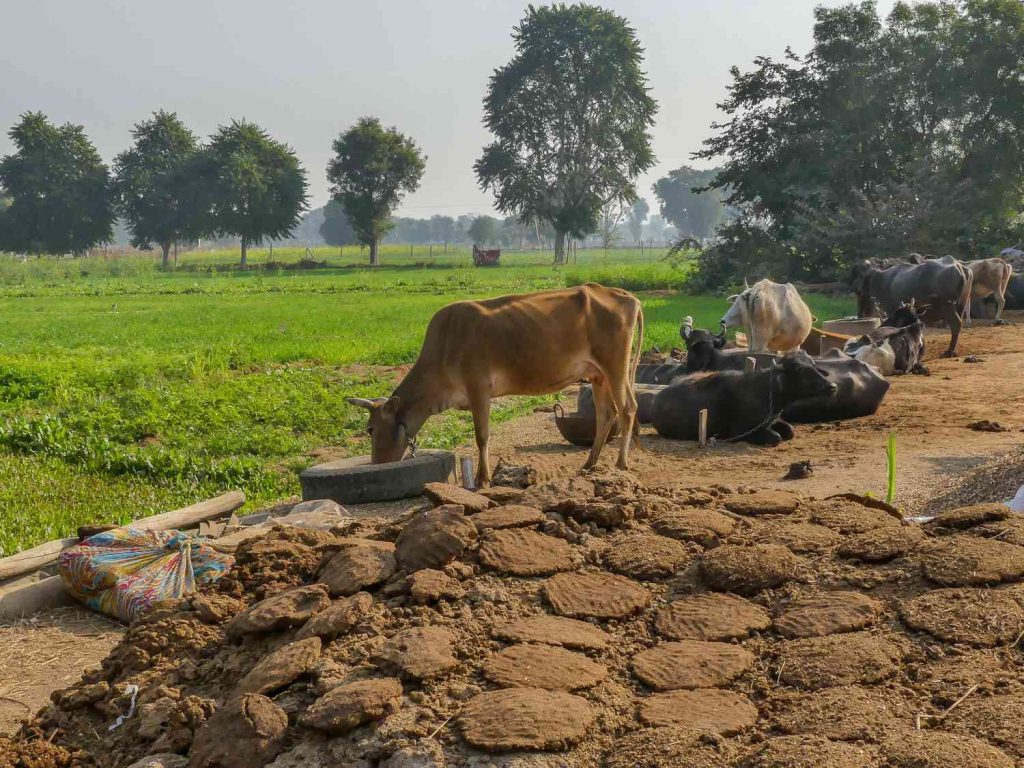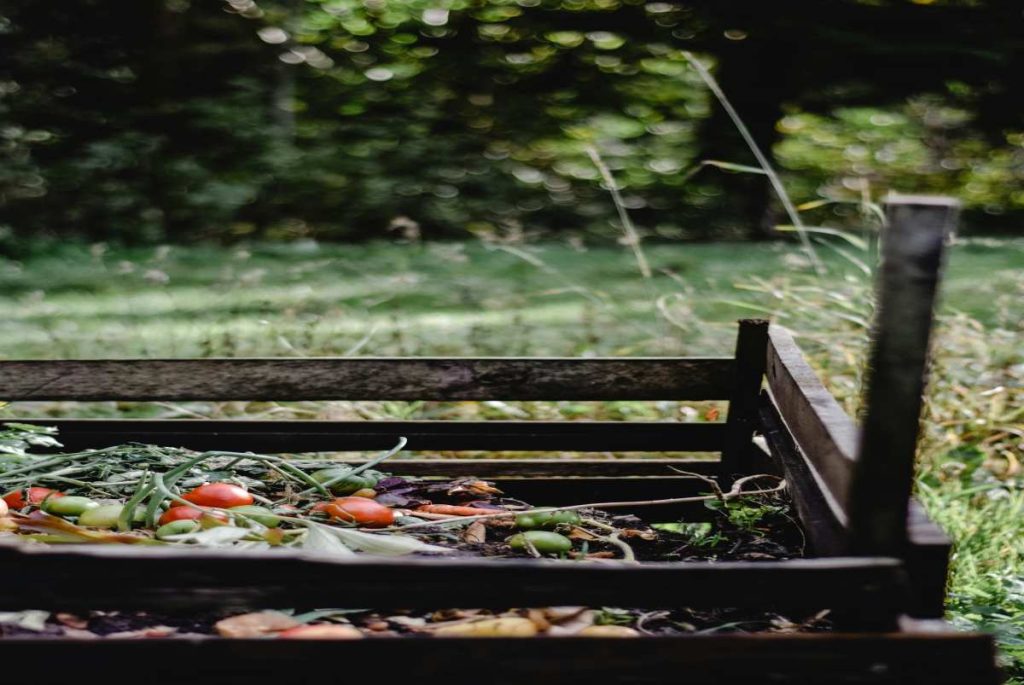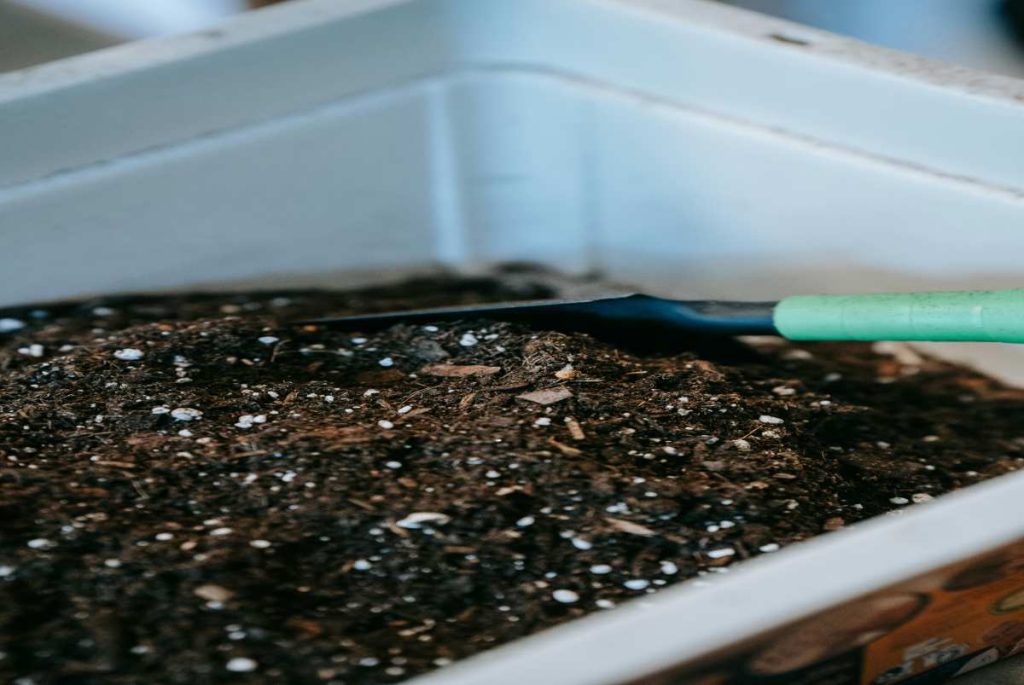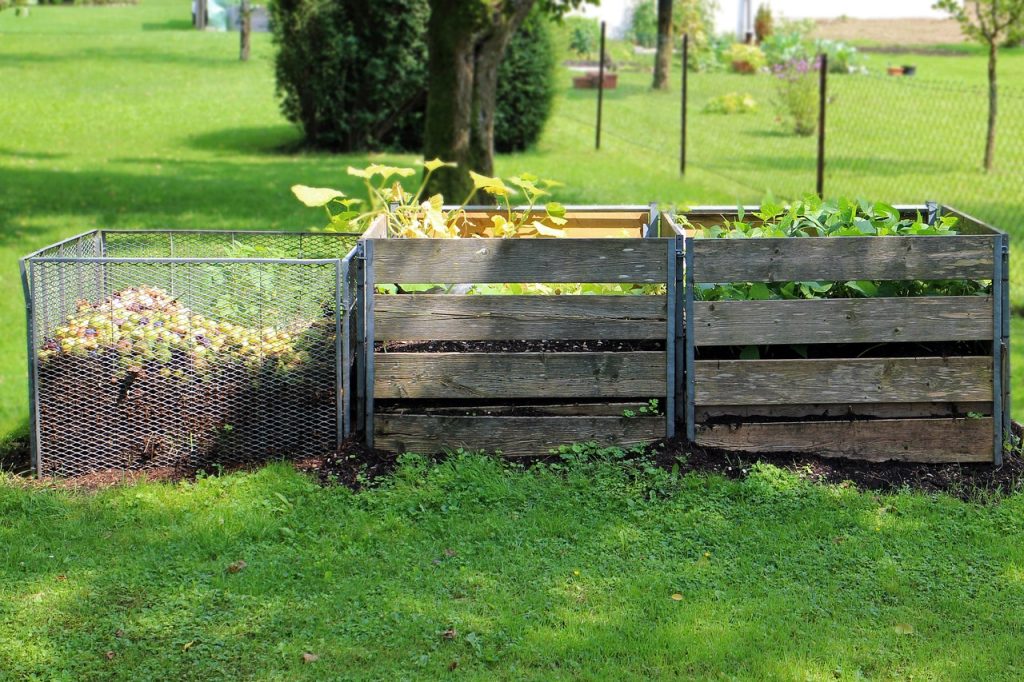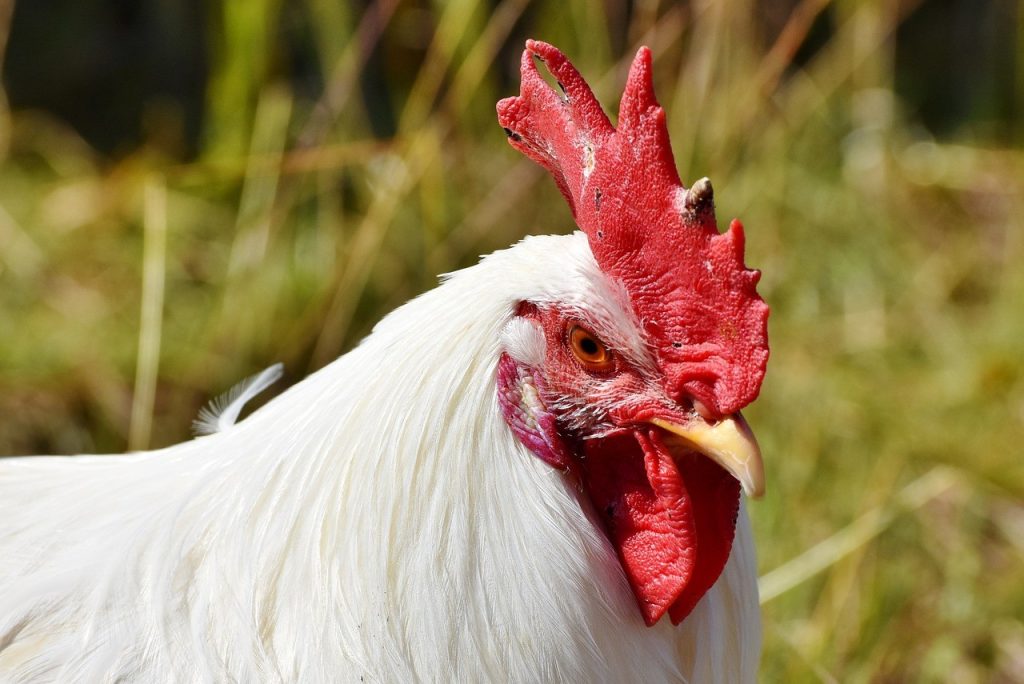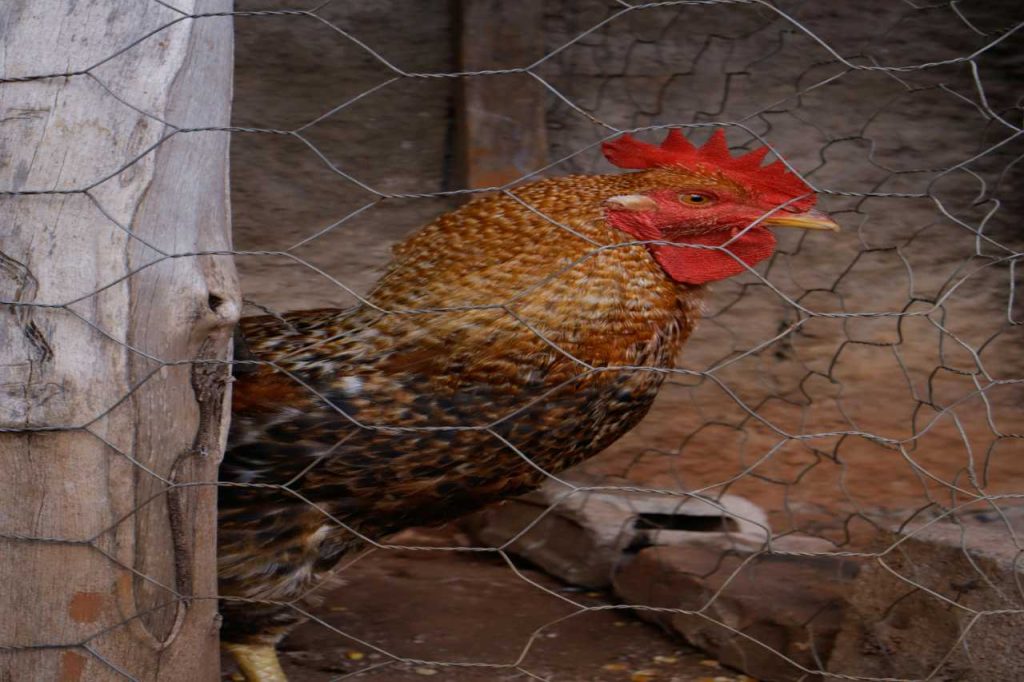Seaweed is a fantastic addition to your compost pile, offering a natural, nutrient-rich boost for your garden. Packed with essential trace elements like potassium, magnesium, iodine, and nitrogen, seaweed acts as a natural fertilizer and accelerates decomposition. Whether you collect it from the beach or purchase it, incorporating seaweed into your compost is simple and beneficial.
This guide explains why seaweed is valuable, how to prepare it for composting, and the best practices for adding it to your compost pile.
Benefits of Adding Seaweed to Compost
- Rich in Nutrients: Seaweed contains vital nutrients like potassium, calcium, and magnesium that enhance soil health.
- Natural Compost Activator: Its high nitrogen content speeds up microbial activity, accelerating decomposition.
- Improves Soil Structure: Compost enriched with seaweed improves water retention and aeration in soil.
- Free of Weeds and Pests: Unlike some organic matter, seaweed doesn’t carry seeds or attract pests.
- Sustainable Resource: Seaweed is abundant and renewable, making it an eco-friendly addition.
Step-by-Step Guide to Adding Seaweed to Your Compost
Step 1: Collect Seaweed Responsibly
- If harvesting from the beach, ensure it’s legal in your area. Many coastal areas have restrictions to protect ecosystems.
- Rinse the seaweed thoroughly to remove excess salt, sand, or debris. While some salt is tolerable, too much can harm plants.
Tip: Collect fresh seaweed instead of decomposing or dried varieties for maximum nutrient content.
Step 2: Prepare the Seaweed
- Chop or shred large pieces of seaweed into smaller fragments. This increases the surface area for microbes to break down, speeding up decomposition.
- Lay the seaweed in the sun for a day or two if it’s overly wet. Excess water can make your compost pile soggy and slow down decomposition.
Step 3: Layer Seaweed in Your Compost Pile
- Seaweed is a “green” material, rich in nitrogen. Layer it with carbon-rich “browns” like dry leaves, straw, or shredded paper.
- Aim for a balance of 2–3 parts browns to 1 part greens to maintain an optimal carbon-to-nitrogen ratio.
- Spread the seaweed evenly to avoid clumping, which can create anaerobic pockets.
Step 4: Monitor the Pile
- Turn the compost pile regularly to ensure even distribution of seaweed and proper aeration.
- Check the moisture level. If the pile is too wet from the seaweed, add more dry materials like wood chips or straw.
Alternative Ways to Use Seaweed in Gardening
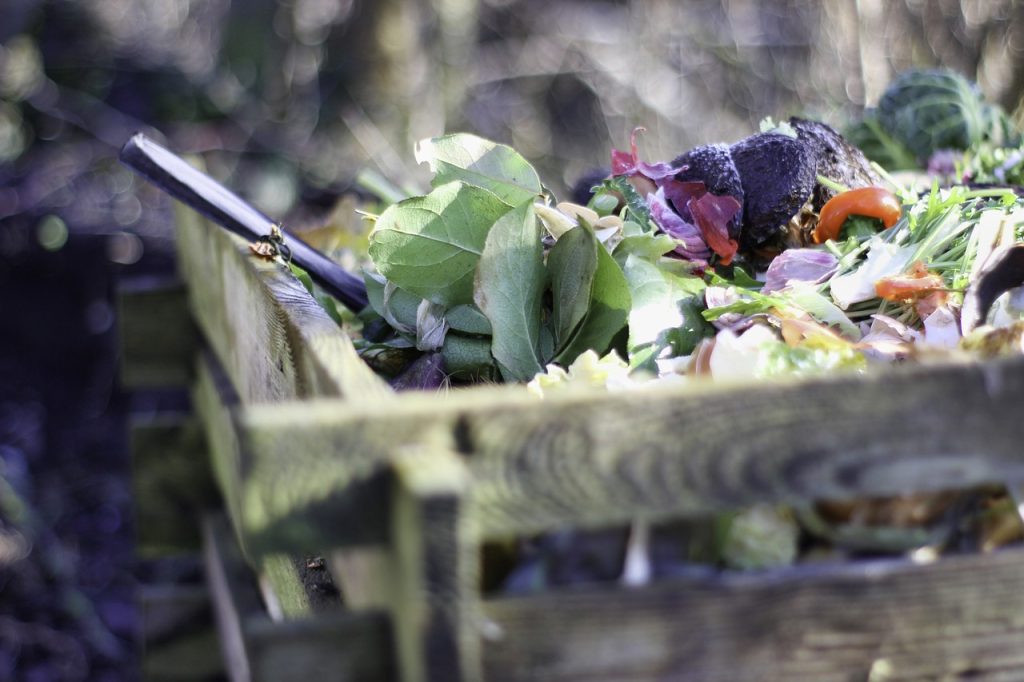
If you don’t want to compost seaweed, you can use it directly in the garden:
- As Mulch: Lay seaweed around the base of plants to retain moisture and suppress weeds.
- As Liquid Fertilizer: Soak seaweed in water for 2–3 weeks to create a nutrient-rich “tea” for plants.
- Direct Soil Amendment: Dig fresh or dried seaweed directly into garden beds for immediate nutrient benefits.
Tips for Using Seaweed in Compost
- Avoid Overloading: Too much seaweed can create a slimy, overly wet pile. Use it in moderation and balance with dry materials.
- Mix with Other Greens: Combine seaweed with kitchen scraps, grass clippings, or garden trimmings for variety.
- Compost in Layers: Alternate seaweed with layers of browns to maintain airflow and prevent odor.
- Use Freshwater Rinse: If you’re concerned about salt, rinse seaweed thoroughly before adding it to your pile.
Benefits of Seaweed-Enriched Compost
- Boosts plant growth and improves crop yield.
- Enhances soil fertility with essential trace minerals.
- Improves soil texture for better drainage and aeration.
- Encourages beneficial microbial activity in the soil.
Common Questions About Composting Seaweed
1. Does salt in seaweed harm compost?
Rinsing seaweed removes most of the surface salt, making it safe for composting. Small amounts of salt can be beneficial, as it helps improve soil structure and deter pests.
2. Can I use dried seaweed?
Yes, dried seaweed works just as well. Rehydrate it or chop it finely before adding it to your compost pile.
3. How much seaweed can I add?
Moderation is key. Add seaweed in small amounts and balance it with sufficient brown materials to maintain a healthy compost pile.
Conclusion
Adding seaweed to your compost is a simple way to enhance its nutrient content and promote faster decomposition. By responsibly sourcing and preparing seaweed, you can create a balanced compost that enriches your soil and supports healthy plant growth. Whether you’re a seasoned gardener or a composting beginner, seaweed is a valuable and sustainable resource to incorporate into your composting routine.

